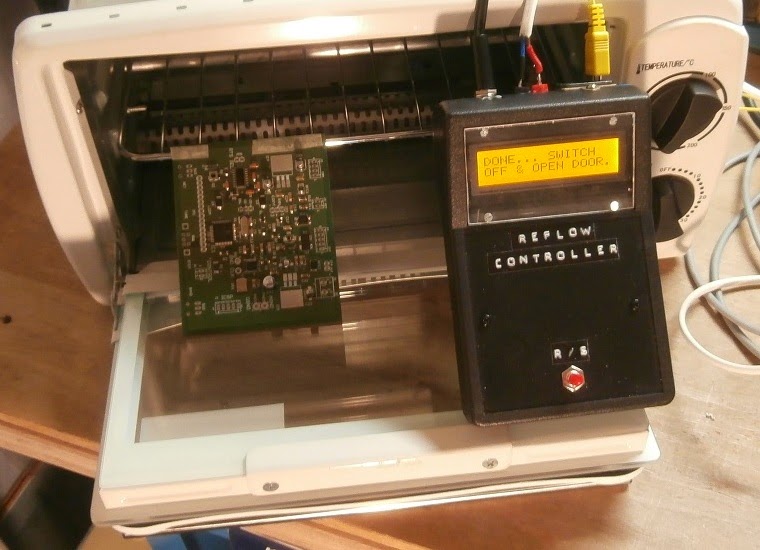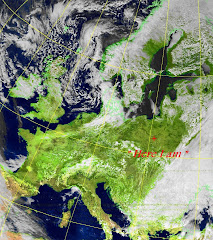| Internal view: Right - input circuit, Left - output circuit and fan |
| Ex-pc power supply cases are ideal for small projects |
I built the amplifier in an old pc power supply case, measuring just 165 x 90 x 85mm, retaining only the original fan.
During the evenings I have been transmitting a beacon signal on 478.5KHz using my DDS frequency synthesiser as the drive signal source, and been getting reception reports from across Europe. So far Essex in England at 1380Kms is the farthest that reception of my signal has been confirmed. If the amplifier remains healthy during these tests I shall attempt to increase the output power to about 140 watts, and start making some more two-way contacts with other radio amateurs on the band.
19.10.2014. Till now my 50 watt beacon transmission has been received the farthest in NW England at 1602kms, and my 'countries-worked' total has risen to 4; Poland, Germany, Finland and France. So as planned, I have increased the output power of the amplifier to 140 watts by connecting it to a 24Vdc supply. The efficiency has improved to 86%.








